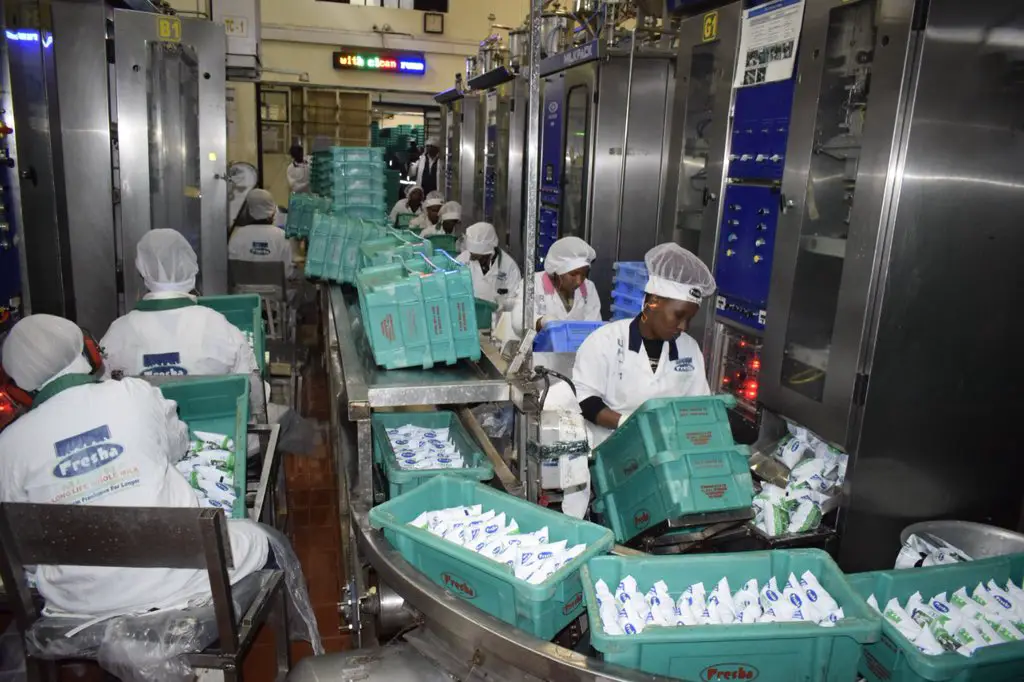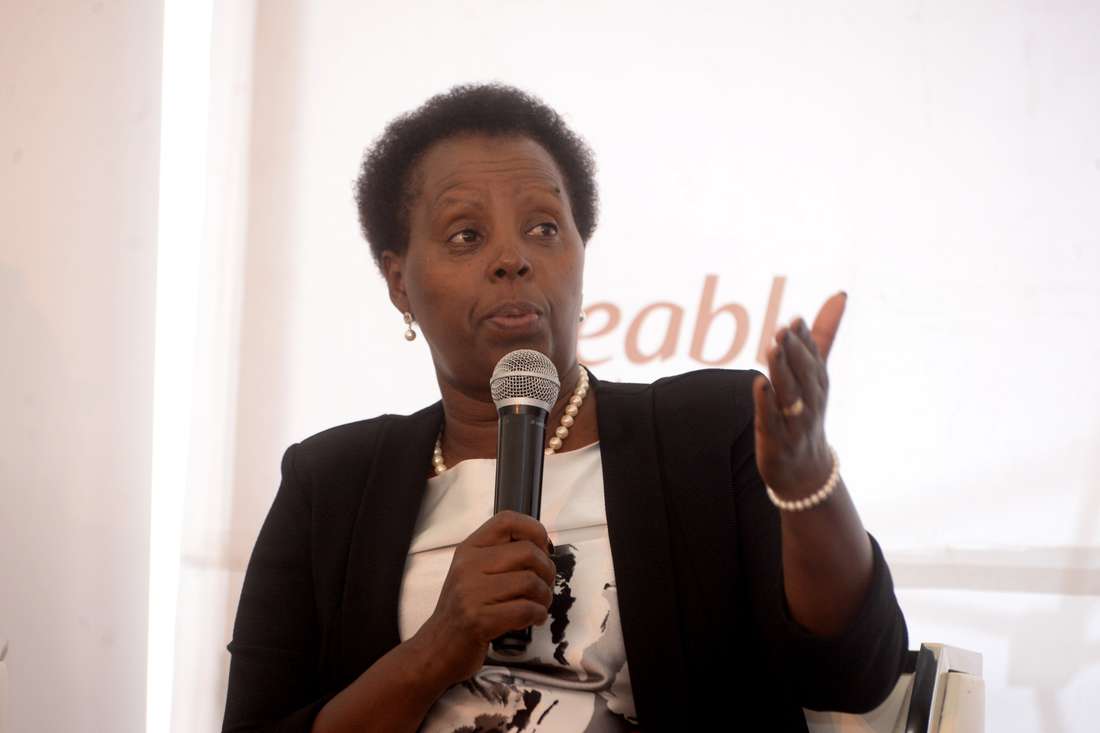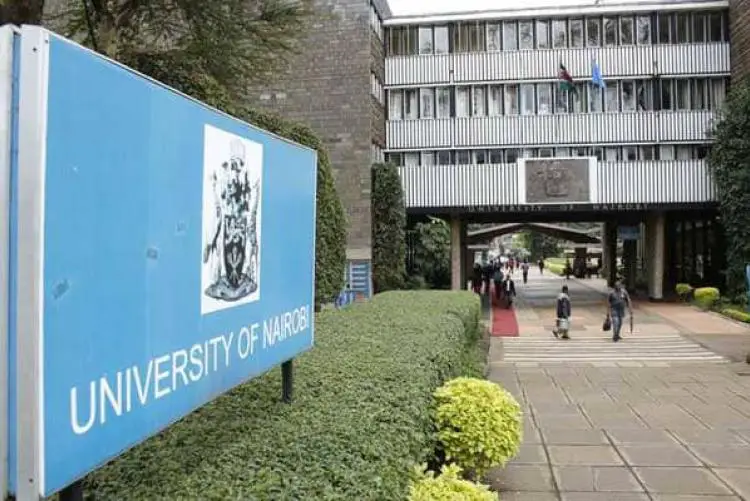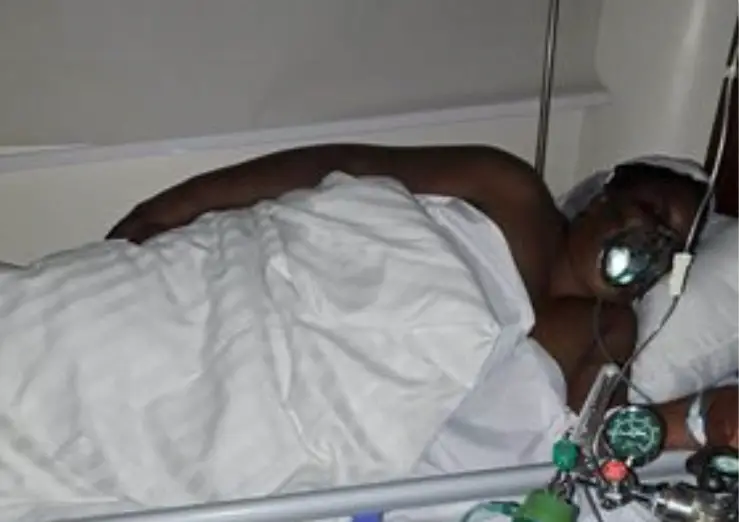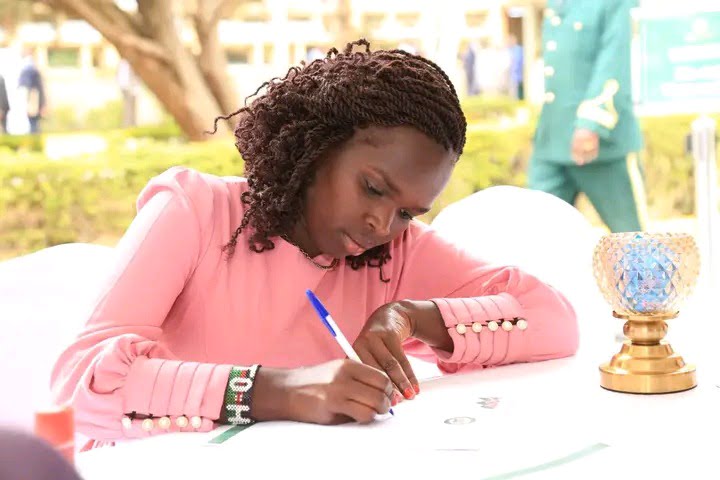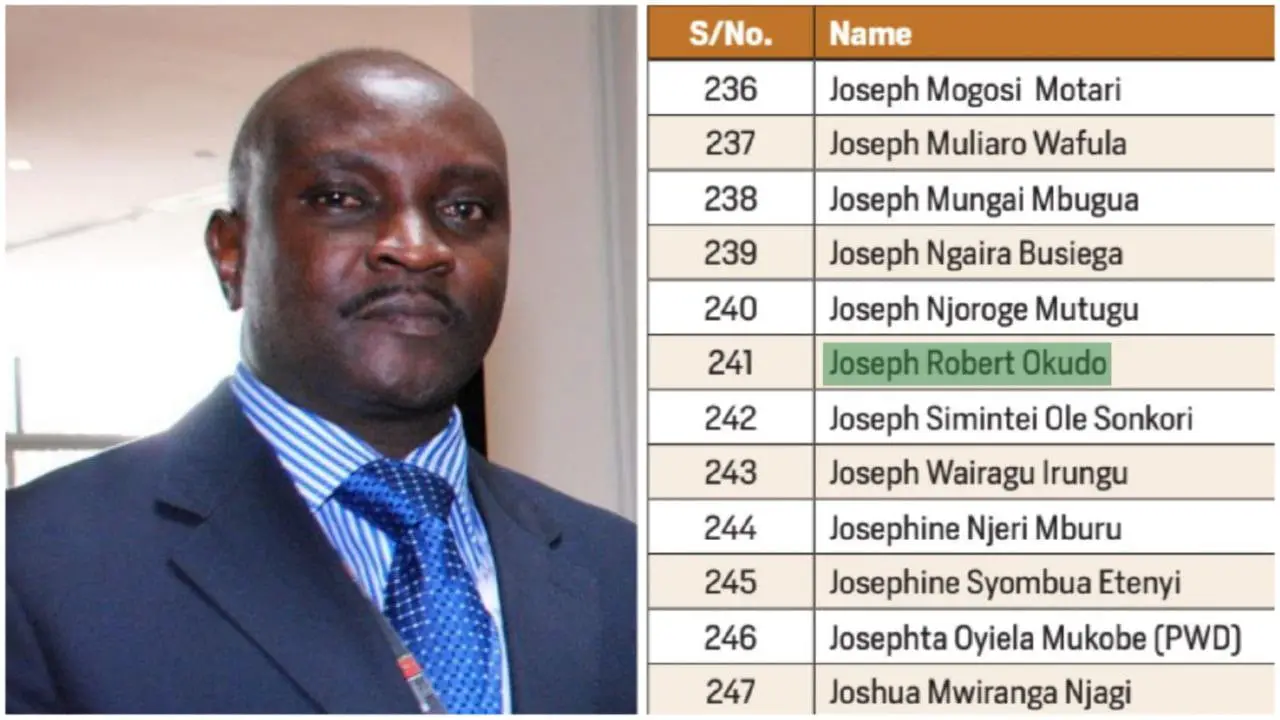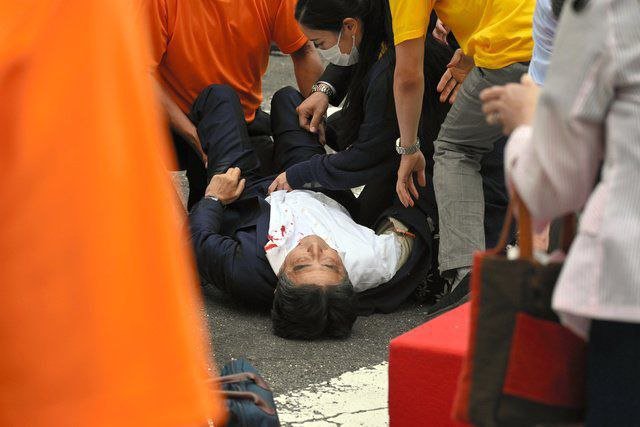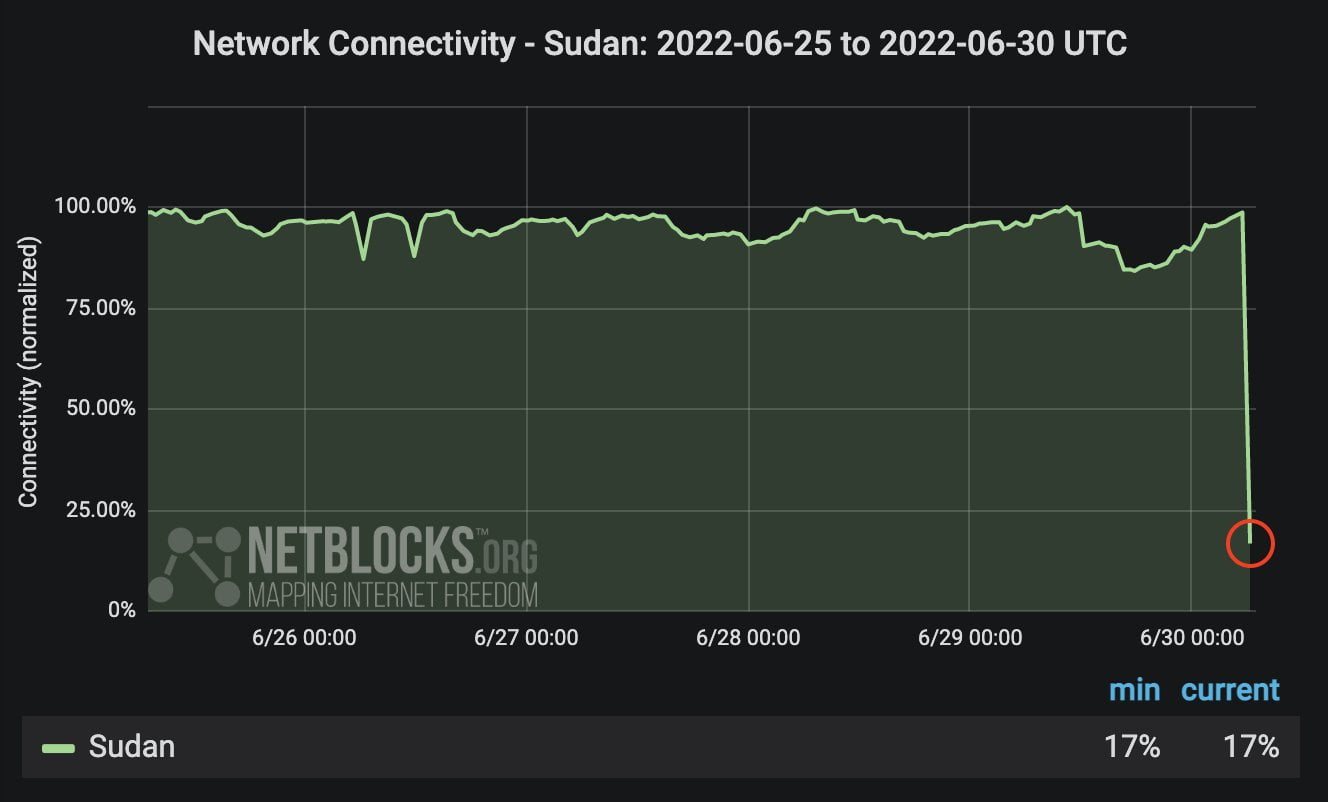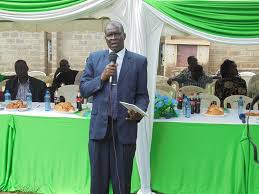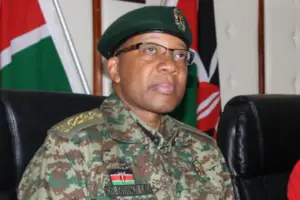[ad_1]

Late President Daniel Moi
During the late President Moi’s 24 -years rule, Kenya evolved a system of governance based on highly centralized and personalized executive power.
He appointed officials who were only answerable to him and wielded more power than elected officials, giving the president and his ruling circle enormous control over the police, judiciary, legislature, and local administration, from his statehouse in Nairobi down to the level of village chief.
During Moi’s rule, a spate of corruption scandals rocked and cost the country billions of dollars. Corruption levels increased when multiparty elections was introduced since bribery occurred in every sector of society from government ministers, the judiciary, the police, health services, and local and provincial authorities.
Myriads of inquiries and commissions that were set up to investigate these scandals produced no reports or recommendations.No one was convicted.
In the early 1990s, shortly before the first multiparty elections, the Treasury created an illusory explosion of wealth in Kenya by printing billions of shillings. Rural people, many of whom were hungry and lacked adequate shelter, health care, and clean water were deeply affected by the resulting inflation.
In the infamous “Goldenberg scandal” more than U.S.$100 million was stolen from public coffers when a politically connected businessman received export compensation for diamond jewelry and gold that apparently did not exist. Several Treasury and KANU officials were implicated in the case but the reports were buried and no one was held accountable.
In 2013, Goldenberg architect Kamlesh Pattni walked out of Milimani Magistrate court a free man after all criminal charges against him were formally terminated.

Kamlesh Pattni
Around the same time in the early 1990s, millions of shillings disappeared from the National Social Security Fund. Again, no one was brought to book.
Later in the 1990s, large amounts of imported sugar and maize were reportedly smuggled into the country duty-free. Before Kenya joined COMESA (the East and Southern African Common Market) in the mid-1990s, food imports were subject to very high duties and were very expensive. The smuggled goods were sold at the same prices they would have fetched had they been subject to duties, but it is not known where the profits from these sales, estimated in the millions of shillings, went.
In August 2002, 256 million shillings disappeared from the National Social Security Fund and ended up in a dubious account in a private bank. No one seemed to know the whereabouts of the money, although a stockbroker was arrested and questioned by the police. At first, the authorities tried to silence a whistleblower who reported the missing money. In September 2002, Federation of Kenya Employers Chairman Walter Mukuria was arrested and held for several hours for questioning in the disappearance of the money.
In September 2002, a group of Kenyan investors attempted to buy Kenya Re-Insurance Company, a parastatal slated for privatization, for about half its true value. Had the sale gone through, it would have cost the people of Kenya many millions of dollars, and created havoc in the insurance industry. The deal was suspended and a Zimbabwean re-insurance company came in with a much better deal for the company.
Moi’s government’s failure to deal seriously with high-level corruption not only cost Kenya billions of dollars of lost revenues from within Kenya itself, but also nearly $350 million in stalled financial support from the International Monetary Fund (IMF) and World Bank, and bilateral aid from donor nations. Donor support was withdrawn after the Kenyan Parliament failed to pass legislation to establish a permanent, independent, anti-corruption authority in October 2001. Subsequently, the government did establish a Parliamentary Select Committee on Corruption, as well as an Anti-Corruption Police Unit and three anti-corruption courts.
These moves did not satisfy the international community.
The most widespread and disturbing form of corruption was the illegal appropriation of public land by government ministers, other politicians, senior civil servants, and their relatives. Moi’s family owns nearly 100,000 acres of land.
Thousands of people were displaced by the illegal appropriation of huge tracts of land that once served as pastures, gardens, villages, playgrounds, and other public spaces for generations of poor people. Such land transactions were highly secretive, and procedures required by law were rarely followed.
According to the Parliamentary Select Committee Report on Corruption in Kenya, “The irregular allocation of Agricultural Development Corporation farms as well as forests and research stations to well-connected individuals was shrouded with secrecy and corruption. There was no proper valuation, advertising and tendering before disposal and Kenyans were badly fleeced.
In 1999, the government established the Commission of Inquiry into Land Law and Policy, but it had produced no reports or recommendations as of October 2002. Its chairman, former Attorney General Charles Njonjo, refused to speak to Human Rights Watch.
It is during Moi’s reign there was a flight of foreign investors who were wary of corruption and the plunder of public resources that might have been invested in development. This plunged Kenya into a vicious cycle of patronage, corruption, and deepening poverty to date.

Comments
[ad_2]
Source link


